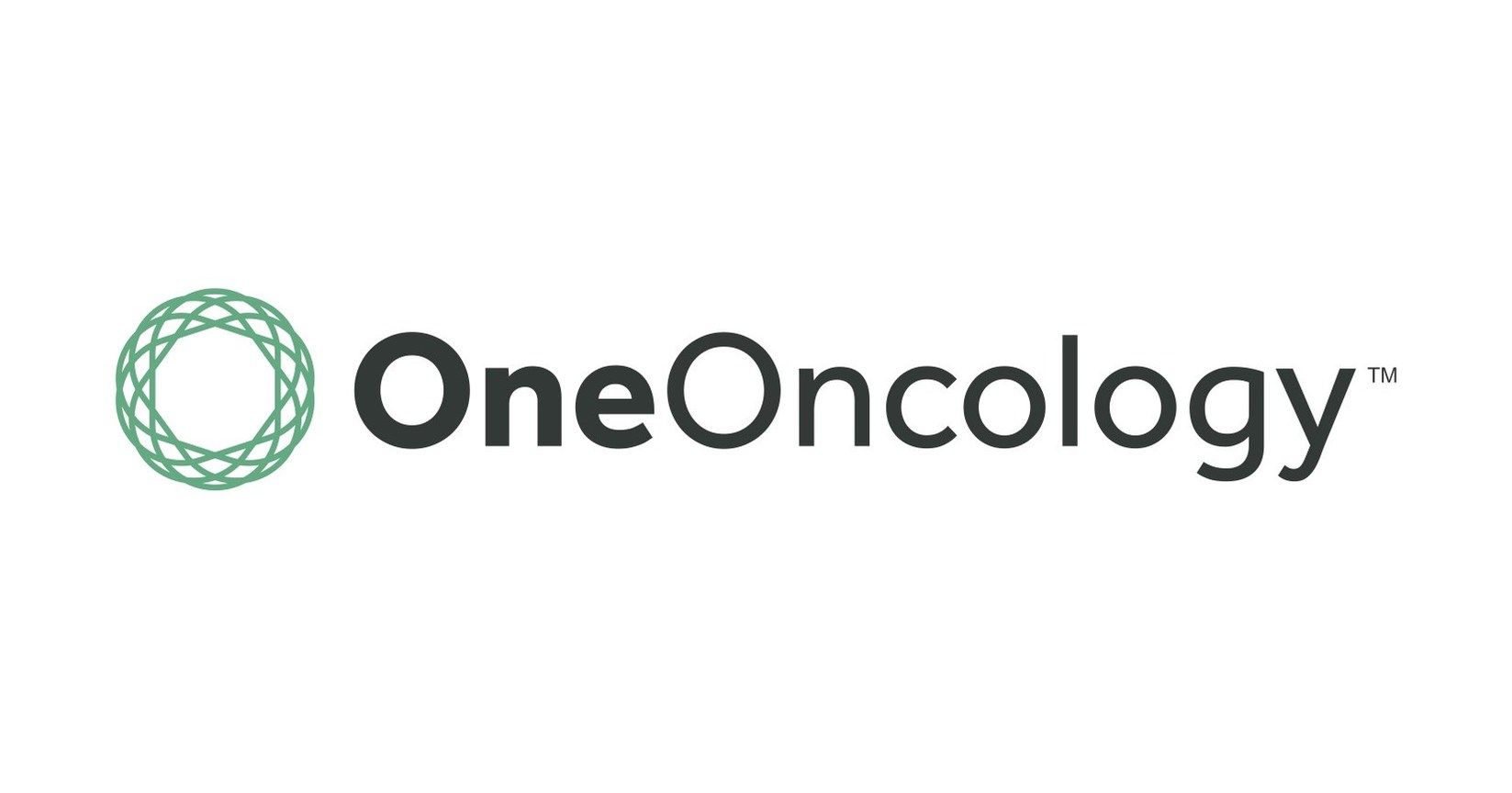Article
Contributor: Agility Required to Keep Pace With Code Changes During Pandemic
Author(s):
Andria Jacobs, RN, MS, CEN, CPHQ, chief operating officer for PCG Software, discusses 3 billing and claims issues facing the health care industry in the wake of the COVID-19 pandemic.
Rightfully so, the coronavirus pandemic has shone the spotlight on front-line medical professionals who continue to risk their lives treating patients.
In the background and often working from home, though, are billing professionals whose jobs increasingly provide critical revenue for medical facilities, from single physician practices to multi-hospital health systems.
The American Hospital Association estimated that the nation’s hospitals would lose $202 billion during the first 4 months of the pandemic due to several factors, including higher costs from treating patients with COVID-19 and the delay of elective surgeries that account for 60% of hospital revenues. In addition, because of this shift in care priorities, many physicians and surgeons haven’t been working, putting the stability of their practices in jeopardy.
For those providers and facilities still open, billing rules are changing weekly—if not more often —to account for new ICD-10 codes, expanded payments for telehealth services, and waived deductibles and co-pays for patients battling COVID-19. The dizzying array of new, updated, and expanded rules creates a nightmare for billing professionals who must make sense of the changes and submit claims that will get paid quickly.
Here’s a look at 3 billing and claims issues facing the industry and how billing professionals can help.
Changes in claims/codes
The CDC released a new ICD-10-CM code U07.1 for diagnosis related to COVID-19 effective for dates of service April 1 or later. Earlier, the agency issued guidance on secondary coding.
Further, the Families First Coronavirus Response Act waives cost sharing under Medicare Part B for COVID-19-related testing services. That includes urgent care visits, emergency room visits, and in-person or telehealth visits to the doctor’s office that result in an order for or administration of a COVID-19 test from March 18 through the end of the public health emergency. The waiver applies to deductibles and co-pays.
Many commercial insurance plans also have waived deductibles and/or co-pays for coronavirus-related visits, tests and hospitalizations, so billers must check frequently with the plans to ensure that claims are being submitted correctly.
It’s also critical that billing software is kept up to date. During the past few months, changes have occurred at a frenetic pace, so failing to deploy the latest software can result in rejected claims that slow much-needed revenue.
Expanded use of telehealth services
As hospitals shut their doors to all but critical patients and those with coronavirus symptoms, telehealth blossomed in both number and variety of uses. A survey conducted the week of March 23, as states were shutting down, showed that 25% of healthcare consumers had used telehealth prior to the pandemic. Additionally, nearly 60% said they were more likely to use telehealth now than previously, and one-third said they’d consider changing physicians for one who used telehealth. The global telehealth market is expected to triple over the next 6 years to $175 billion by 2026.
Beginning on March 6, CMS began expanding telehealth benefits on a temporary basis, ultimately making hundreds of changes over several iterations that could cause coding confusion. States and commercial insurers also have made numerous changes. CMS has included 85 additional telehealth services.
The traditional telehealth, e-visits, and virtual check-in visits are considered the same as in-person visits and are paid at the same rate as regular, in-person visits. Eligible practitioners (subject to state law) can include physicians, nurse practitioners, physician assistants, nurse midwives, certified nurse anesthetists, clinical psychologists, clinical social workers, registered dietitians, and nutrition professionals. Physical, occupational, and speech therapy services can be provided through patient portals.
With all these changes, it’s critical to note what policy was in effect on the date of service. Getting the dates right on the front end can speed reimbursements.
Resumption of elective surgeries
Keeping up with new COVID-19 and telehealth codes has been important as pandemic shutdowns hit every part of the country. But it’s the resumption of elective surgeries and in-person visits that will provide a needed boost to healthcare finances and the lives of patients who had surgeries and procedures delayed.
Of course, safeguarding patients and caregivers remains the primary consideration as elective surgeries resume. Billing comes a close second as cash-strapped providers need cash flow.
Billers, many of whom may have been furloughed during the worst of the pandemic, need to get themselves back up to speed on the latest codes that may have changed during their absence. If staff continues to work from home, they must have the proper tools at their fingertips.
Managers must ensure that billing and coding software is up to date and reflects the latest changes. At the same time, they may need to keep spreadsheets of common coding changes organized by date to help with claims submission or resubmission.
The future of healthcare looks substantially different today than it did a few short months ago. In the middle of the current chaos, you’ll find billing staff adapting to those changes and trying to make the best of a tough situation.
About Andria Jacobs, RN, MS, CEN, CPHQ, chief operating officer, PCG Software
Andria Jacobs is the chief operating officer for PCG Software and has more than 25 years’ experience in the healthcare industry, encompassing both administrative and clinical arenas. Prior to joining PCG, Andria was the administrative director, medical management for VertiHealth Administrators. Previously, she was an independent consultant in ambulatory care and practice management, where her clients have included hospitals, physician groups, and the University of California, Los Angeles.




